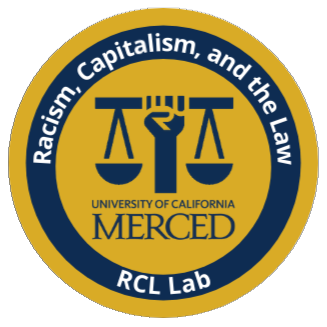The study of U.S. racial and ethnic relations is often reduced to the study of racial or ethnic relations. This article reveals the limitations of a focus on ethnicity or race, in isolation, and instead urges a new framework that brings them together. We consider three cases that have been conceptualized by the ethnicity paradigm as assimilation projects and by the race paradigm as structural racism projects, respectively: (1) African-American entrepreneurs; (2) the Mexican middle class; and (3) black immigrant deportees. We reveal the shortcomings of the ethnicity paradigm to consider race as a structural force or to acknowledge that structural racism conditions incorporation in marked ways; and the limitations of the race paradigm to take seriously group members’ agency in fostering social capital that can mediate racial inequality. Instead, we offer a unifying approach to reveals how ethnicity and race condition members’ life chances within the U.S. social structure.
Publications by Year: 2017
2017
An extensive body of literature has analyzed the individual impacts and collateral consequences of mass incarceration. However, few studies explore the consequences of a parallel and overlapping system: mass immigration detention and deportation. The last 30 years witnessed a dramatic increase in the number of noncitizens detained in and deported from the United States. Individuals detained under immigration laws are held pending adjudication, often mandatorily, and without many basic constitutional protections. Immigrant detention and deportation impose severe burdens on immigrants and their households and levy significant costs to society—financially, as well as in terms of social capital and community well-being. Chiefly due to the difficulty in accessing noncitizens in the process of detention and deportation, this system has largely escaped sociological inquiry. This article provides a background for understanding the growth and consequences of detention and deportation in the United States. It reviews the literature on these immigration law enforcement programs and suggests topical and methodological directions for future research.
Structural racism — in the form of heavy policing, residential segregation, and limited social services and labor opportunities — combined with changes in immigration laws in 1996 and the rise of immigration policing in the early twenty-first century has shaped the incorporation patterns of Black and Latino male immigrants. This article puts policing and incarceration at the center of the analysis by asking how mass incarceration and structural racism have affected the incorporation trajectories of Black male immigrants. Drawing from 29 interviews with deportees in the Dominican Republic and Jamaica, I argue that gendered structural racism has a greater impact than individual attitudes on the trajectories of black male immigrants. Just as gendered racial removal affects Latino communities through mass deportation, gendered structural racism affects black and Latino immigrant communities through local and immigration law enforcement cooperation.


